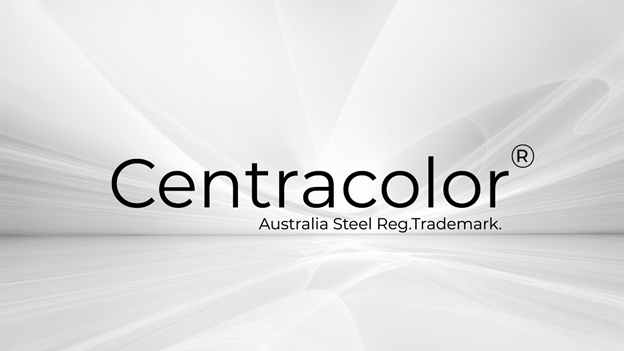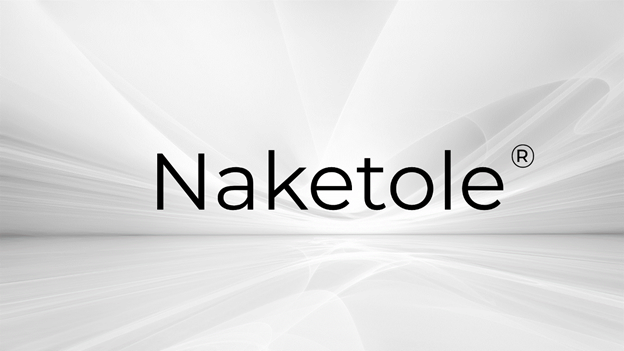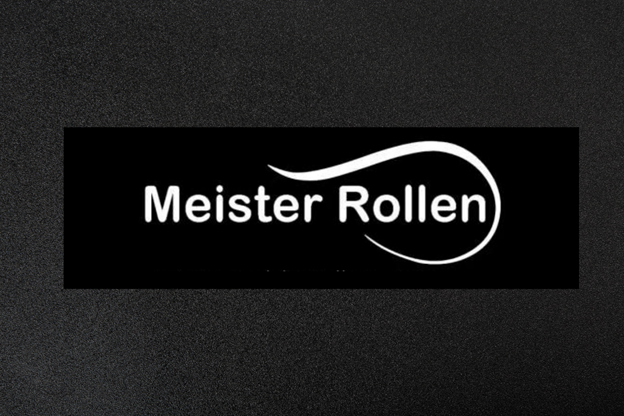Products
Electro Galvanised

The photo illustrates Pre-galvanised surface.
Steelsaidhem is a leading supplier of high-quality pre-galvanized steel, providing customers with a reliable solution for their construction and manufacturing needs. With a team of 13 professional engineers dedicated to guiding customers through their steel requirements, Steelsaidhem ensures accurate zinc coating as per each customer’s specific needs. In this article, we will explore the advantages and disadvantages of pre-galvanized steel, compare it to hot-dipped galvanized steel, delve into the manufacturing process, discuss its cost-efficiency and durability, highlight its anti-corrosion properties, and suggest various applications where pre-galvanized steel finds great utility.
Description:
Pre-galvanized steel, also known as mill galvanized steel, is a type of steel that undergoes a zinc coating process prior to fabrication. This protective zinc coating provides numerous benefits, making it a popular choice for a wide range of applications. Let’s take a closer look at the pros and cons of pre-galvanized steel.
Pros:
Corrosion Resistance: Pre-galvanized steel offers excellent corrosion resistance, thanks to the zinc coating that acts as a barrier between the steel and the surrounding environment. It can withstand exposure to moisture, chemicals, and other corrosive elements, making it ideal for outdoor applications.
Cost-Efficient: Compared to hot-dipped galvanized steel, pre-galvanized steel is generally more cost-effective. The pre-galvanizing process requires less time and energy, resulting in a lower production cost. This makes it an attractive option for projects with budget constraints.
Aesthetically Pleasing: Pre-galvanized steel has a smooth and uniform finish, providing a visually appealing appearance. It can be used in applications where appearance matters, such as architectural elements, outdoor furniture, and decorative items.
Cons:
Thinner Coating: Pre-galvanized steel typically has a thinner zinc coating compared to hot-dipped galvanized steel. While it still provides adequate protection in most environments, it may be less suitable for highly corrosive or harsh conditions.
Distinguishing Pre-galvanized from Hot-dipped Galvanized:
Differentiating pre-galvanized steel from hot-dipped galvanized steel can be challenging, as they may appear visually similar. However, there are some key factors to consider:
Pre-galvanized steel has a smoother and more consistent appearance due to the controlled zinc coating process, while hot-dipped galvanized steel may have a rougher and thicker coating.
Hot-dipped galvanized steel often has a spangled or crystalline pattern on the surface, whereas pre-galvanized steel typically has a uniform, matte finish.
Pre-galvanized steel is more commonly found in thinner gauges, while hot-dipped galvanized steel is often used in thicker gauges.
The Manufacturing Process:
The process of making pre-galvanized steel involves passing the steel coils or sheets through a series of zinc baths or electrolytic cells. The steel is first cleaned to remove any surface impurities, ensuring good adhesion of the zinc coating. It is then immersed in a bath of molten zinc or passed through an electrolytic cell, where a controlled amount of zinc is electrochemically deposited onto the steel surface. The coated steel is then cooled and further processed for fabrication.
Applications of Pre-galvanized Steel:
Pre-galvanized steel finds applications in various industries, including:
Construction: It is commonly used in roofing, wall cladding, ductwork, fencing, and structural components.
Automotive: Pre-galvanized steel is utilized in the manufacturing of vehicle frames, body panels, and exhaust systems.
Electrical: It is suitable for cable trays, conduit pipes, and electrical enclosures.
HVAC: Pre-galvanized steel is used in air duct









